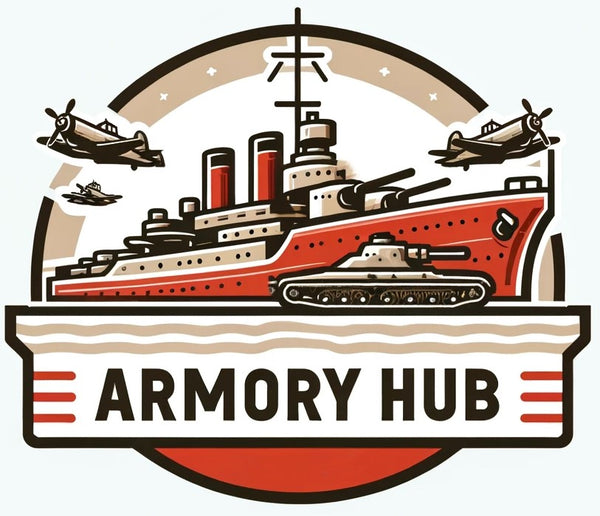Scale model building is not just a hobby; it's an art form. For those who have moved past the basics, it's time to delve deeper into the techniques that can transform your models from simple replicas to intricate, detailed works of art. This blog post will focus on a few advanced areas where you can significantly enhance your skills.

This blog is for modelers past entry-level and wants to go one step up. The points mentioned below might be rudimentary for some of our high-level friends.
1. Advanced Painting Techniques:
- Layering and Gradients: To achieve a more lifelike appearance, learn to apply paint in layers. Start with a base coat/prime, then progressively add shades and highlights. Gradients are particularly effective for creating realistic lighting effects and depth. Practice blending colors seamlessly on a palette before applying them to the model.
- Detailing with Brushes: The key to extraordinary detailing is in the brushwork. Sometimes it is difficult to master airbrush to create those details. Invest in a set of fine-tip brushes for minute details. Techniques like pinpoint washes, where a small amount of paint is applied to specific areas to bring out details, can make a significant difference.
- Using Masks and Stencils: For crisp lines and patterns, use masking tape or create your own stencils. This is particularly useful for models with complex paint schemes, like aircraft camouflages or intricate insignias on warships.

2. Precision Weathering for Realism:
- Selecting the Right Technique: Much like painting, there are multiple weathering techniques like dry brushing, washes, and rust effects. Each serves a different purpose. For example, dry brushing highlights raised surfaces, while washes settle into recesses to show depth and shadow.
- Mixing Media for Effect: Don’t limit yourself to one type of medium. Combine enamel washes, oil paints, and pigments to create varied textures and effects. For instance, oil paints are excellent for creating streaks and smudges, while pigments are ideal for accumulated dust and dirt.
- Subtlety is Key: Always have the bigger picture in mind during the weathering process. What effect would you like to achieve? How heavy would you like to push? Over-weathering can make a model look unrealistic. Practice applying weathering effects subtly and gradually build them up. It’s often the slight touch of grime or wear that makes the difference between a good model and a great one.

3. Customization and Scratch Building:
- Adding Custom Parts: Sometimes, stock models lack the finer details, or even outright inaccuracy. Learn to fabricate small parts using plastic, metal, or resin. This could be anything from creating interior details for a vehicle to adding intricate rigging to a ship model.
- Kit-Bashing and Scratch Building: Kit-bashing involves mixing parts from different kits to create a unique model. Scratch building, on the other hand, is creating parts or even entire models from scratch. Both techniques require a deep understanding of the subject and a high level of creativity and craftsmanship.
Conclusion: Mastering these advanced techniques in scale model building will not only improve the quality of your models but also enhance your overall enjoyment of the hobby. Remember, the key to success is patience, practice, and a willingness to learn from each project. Embrace challenges, experiment with new methods, and most importantly, have fun as you build your miniature masterpieces.
Happy Modeling!

